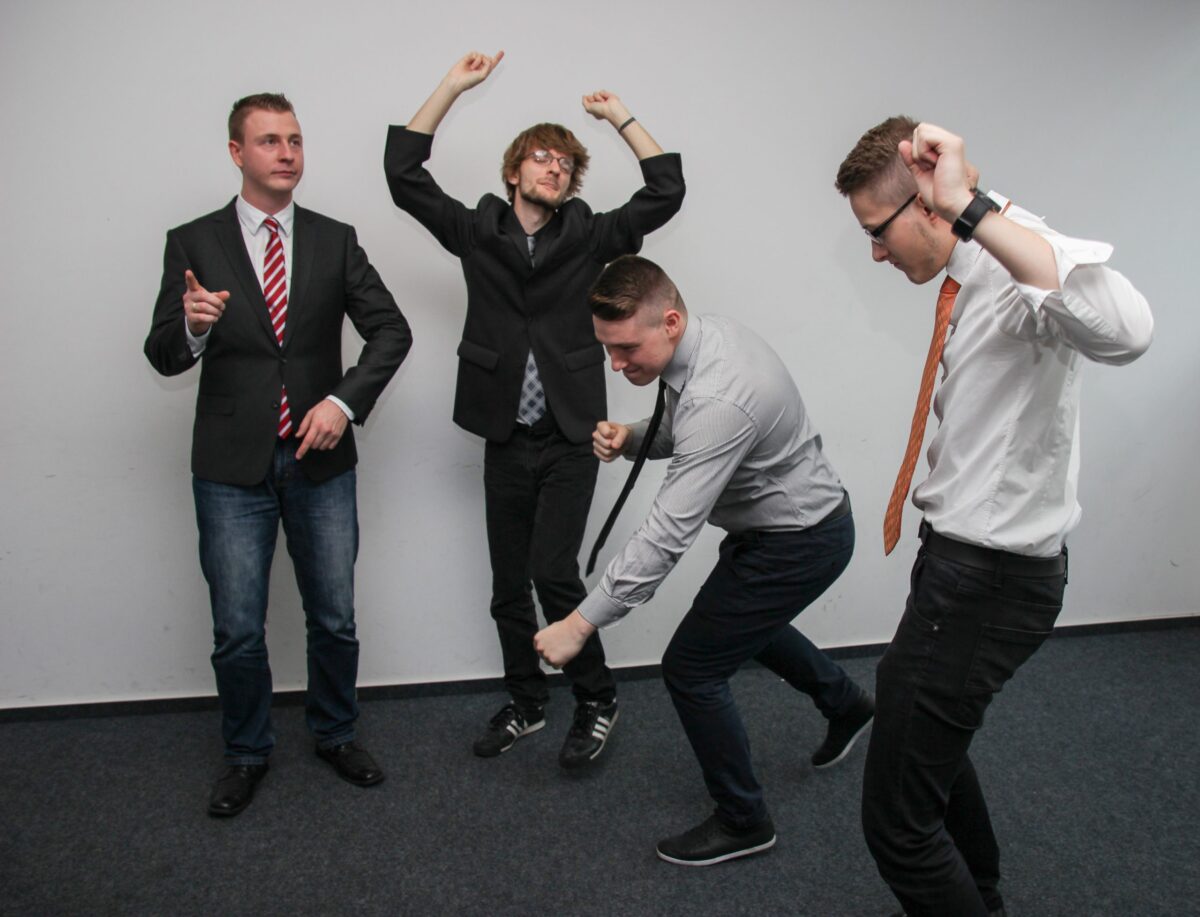No products in the cart.

“People use their hands to add meaning to their words. To capture more of their meaning, listen to their hands.” -Greg Williams, The Master Negotiator & Body Language Expert
Do you observe the body language of someone’s hands when you’re negotiating? To win more negotiations, you should listen to their hands! Hands convey a lot of hidden information in a negotiation.
There’s so much information conveyed by the way someone uses their hands. People use them to show appreciation by clapping. They display their hands to exhibit displeasure in other ways (i.e. sitting on their hands). They also use their hands when speaking? Hands give insight into the thought process that someone has. As someone is speaking, their hands add or detract from the message they’re delivering; you do the same when you’re conveying information, too.
When there’s a difference between someone’s words and their body language, pay more attention to their body language. It will disclose someone’s intent more than their words. Consider the following lightly when conversing with someone. Consider it more strongly when you’re negotiating.
Hands close to the body:
The closer someone has their hands to their body, the more guarded are their thoughts. You’ll see this display when someone senses perceived threats to their well-being. Their hands are in that position to protect themselves from perceived indifference.
If you see this in a negotiation, it may behoove you to put the other negotiator at ease. Based on what caused him to display his guarded gesture, you may have to address that point before you can induce the comfort you seek to invoke in him.
Hands with interlocking fingers :
When you observe a negotiator in this position, he could be displaying a demeanor that states that he’s not open to your offer, suggestion, or counteroffer. To confirm your observance, consider questioning him about the meaning of his display (e.g. I noticed you have your hands closed and your fingers locked. That usually means that someone (use ‘someone’ to avoid ‘you’ – the latter may make him defensive) is not open to something that has occurred. Is anything wrong?). Then, note his response. If he unlaces his fingers and opens his hands, while saying everything is okay, ask him to proceed. Two things will have happened. One, you will have altered his body language, which will entice him to become more mentally receptive to you and your offers. Two, you will have given him the lead in the negotiation. Based on what he does with it, he’ll give insight about what caused the initial display that you brought into question. And, he’ll give vision to what he’d like to discuss. That will highlight what’s important to him.
Hands pushed away palms out:
Take special note of this gesture because it indicates that the originator wants no part of what caused him to display the gesture. You can note future discernment by the degree that he forces this gesture outward. Also, be aware of this gesture when the other negotiator voices his assertion that he’s in agreement with you. In this case, his body language belies his true feelings. Believe that more than his words.
There are other hand gestures that give insight into a negotiator’s thought process. We’ll leave those to discuss at another time. For now, note the signals mentioned above. In so doing, you’ll be more perceptive. That will assist you in winning more negotiations … and everything will be right with the world.
Remember, you’re always negotiating!
After reading this article, what are you thinking? I’d really like to know. Reach me at Greg@TheMasterNegotiator.com
To receive Greg’s free “Negotiation Tip of the Week” and the “Sunday Negotiation Insight” click here http://www.TheMasterNegotiator.com/greg-williams/
#Negotiator #Business #Management #SmallBusiness #Money #Negotiating #combat #negotiatingwithabully #bully #bullies #bullying #Negotiations #PersonalDevelopment #HandlingObjections #HowToNegotiateBetter #CSuite #TheMasterNegotiator #psychology #NegotiationPsychology














